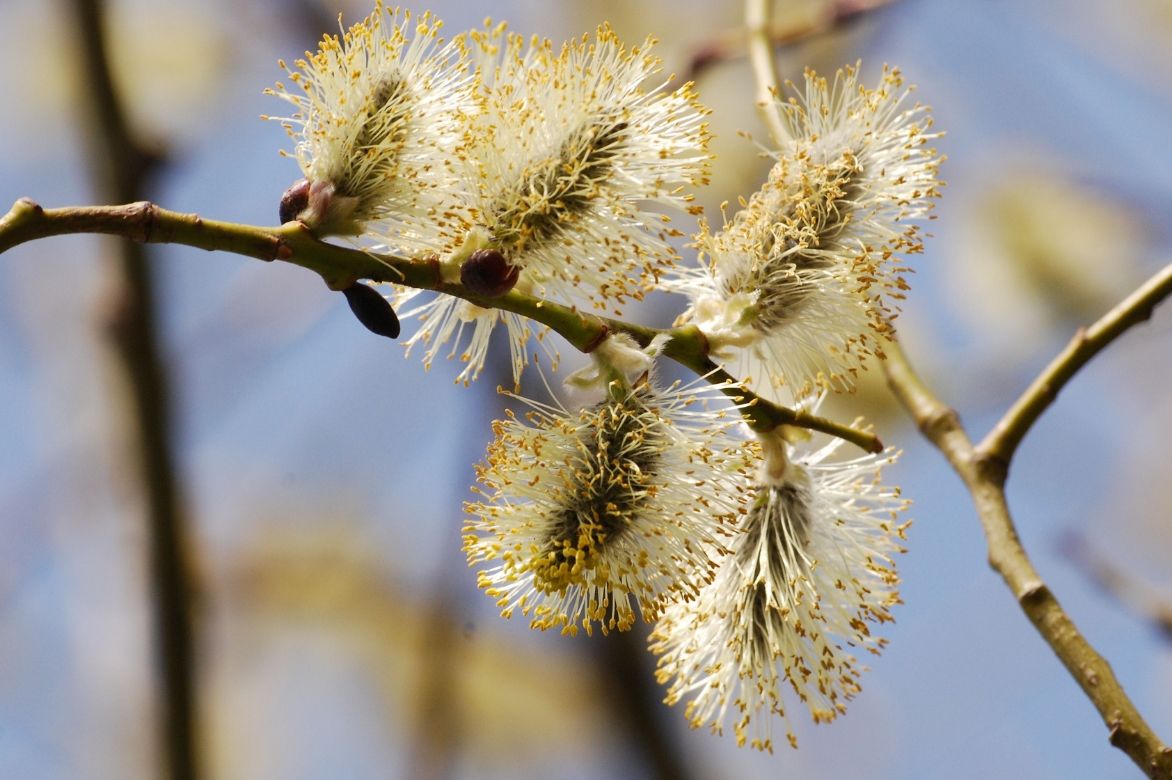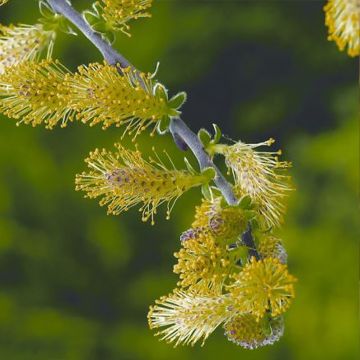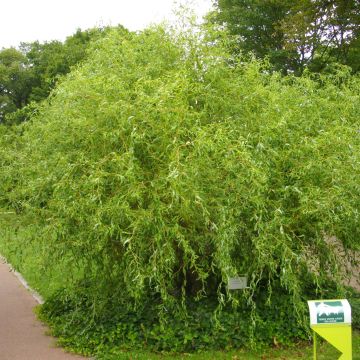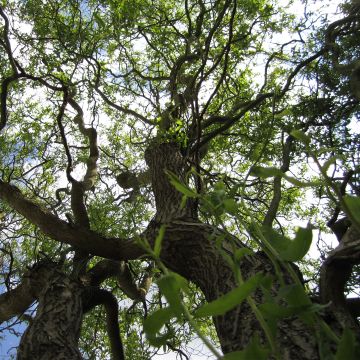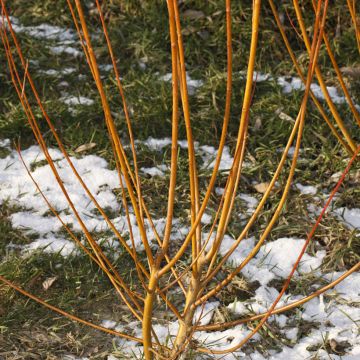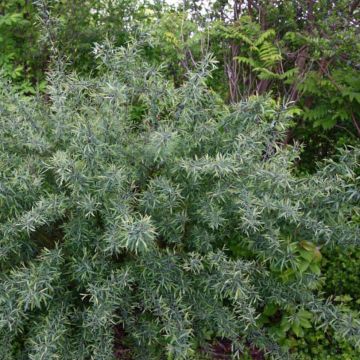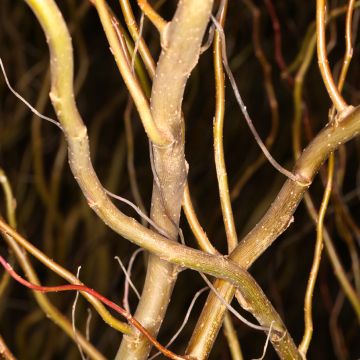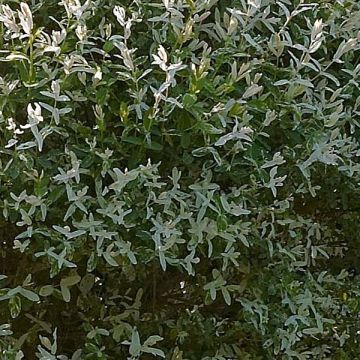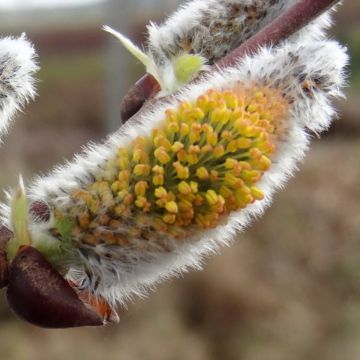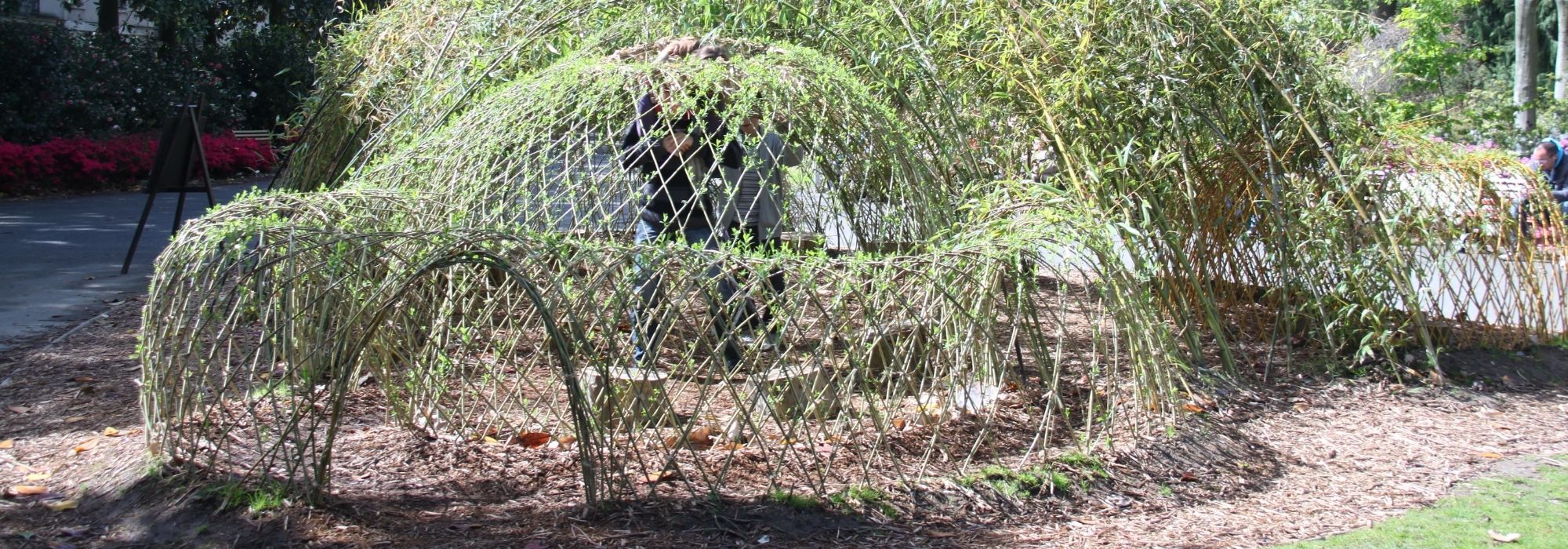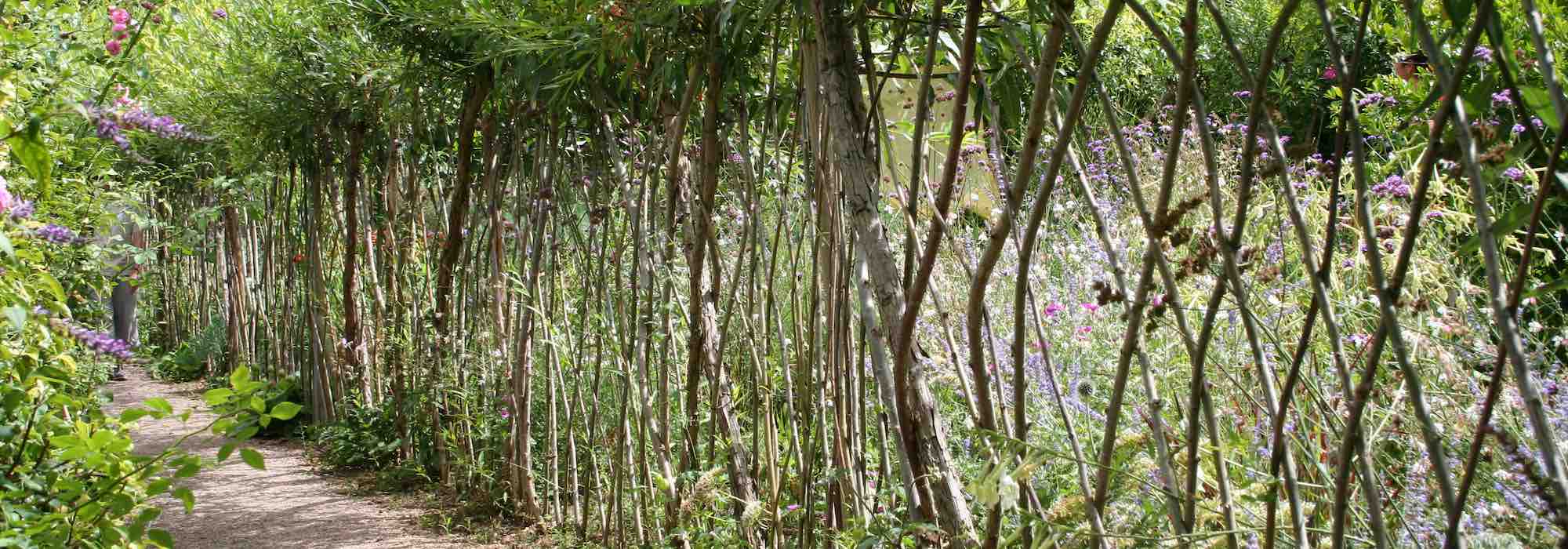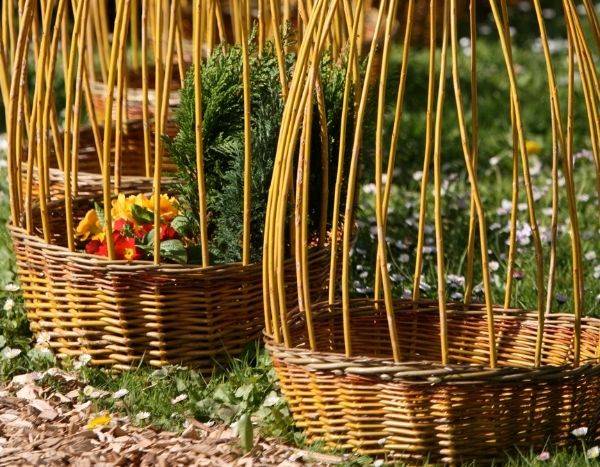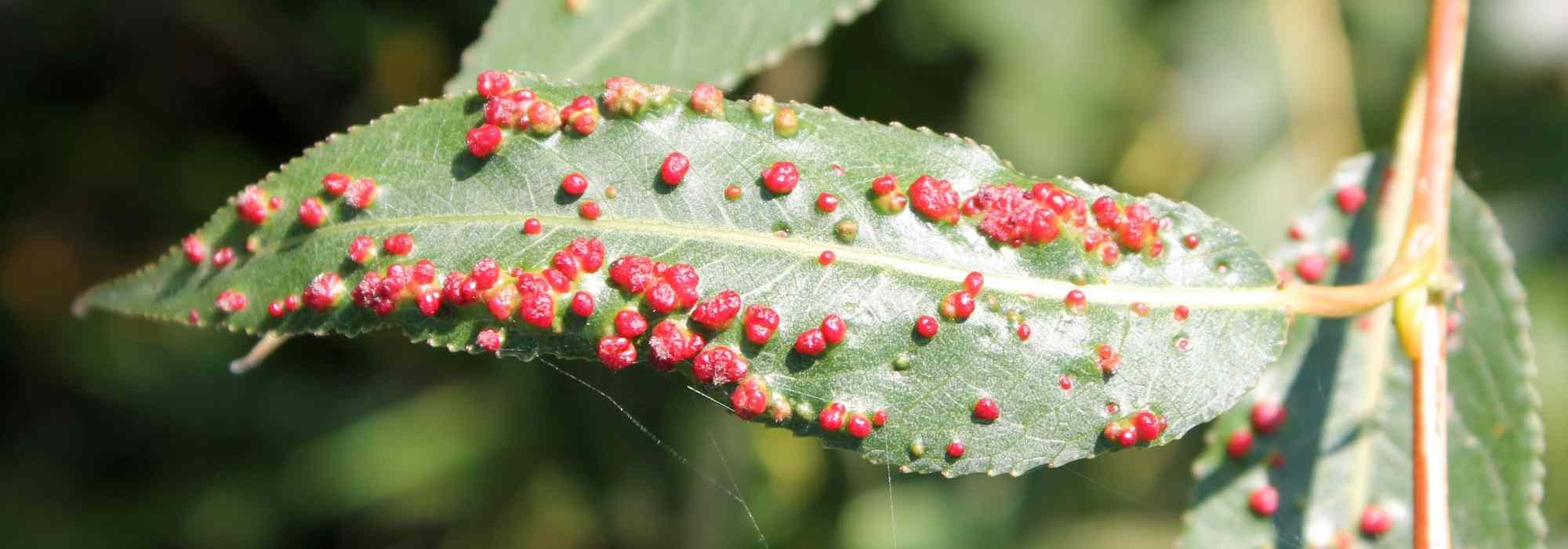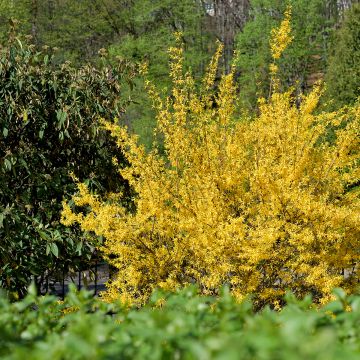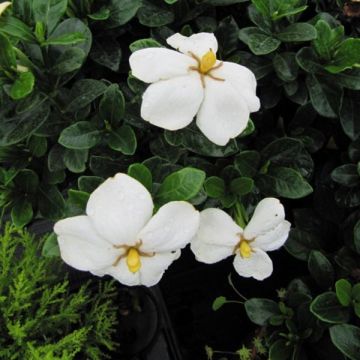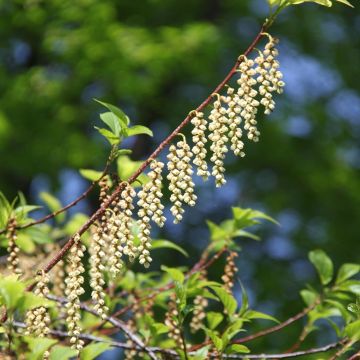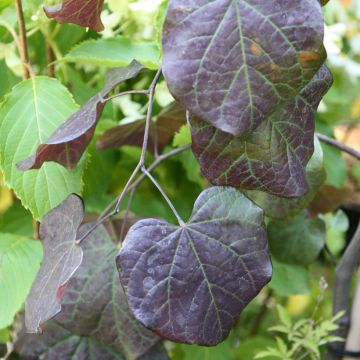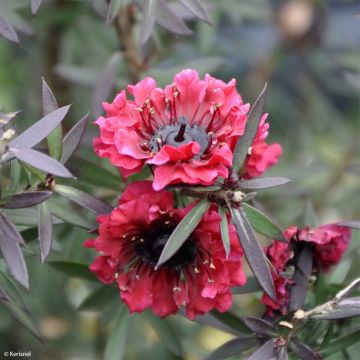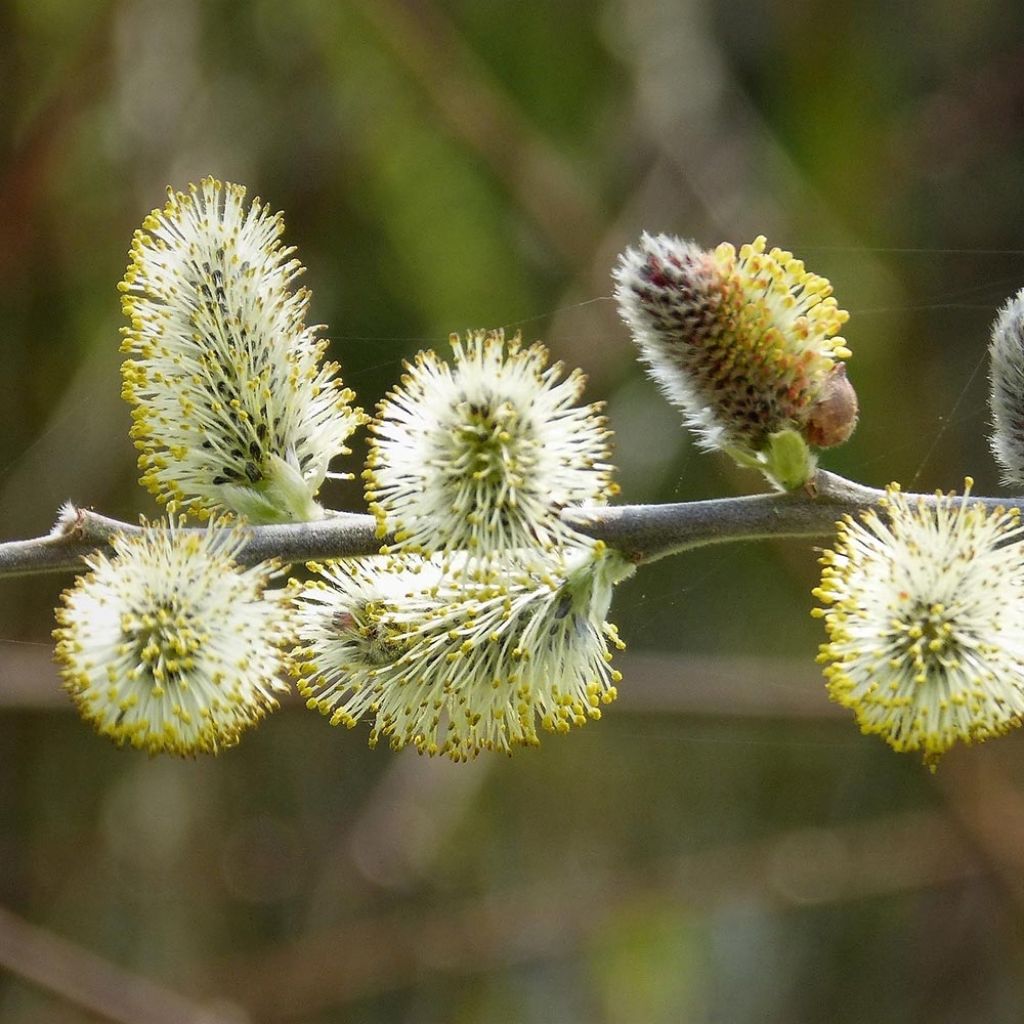

Salix caprea - Great Sallow
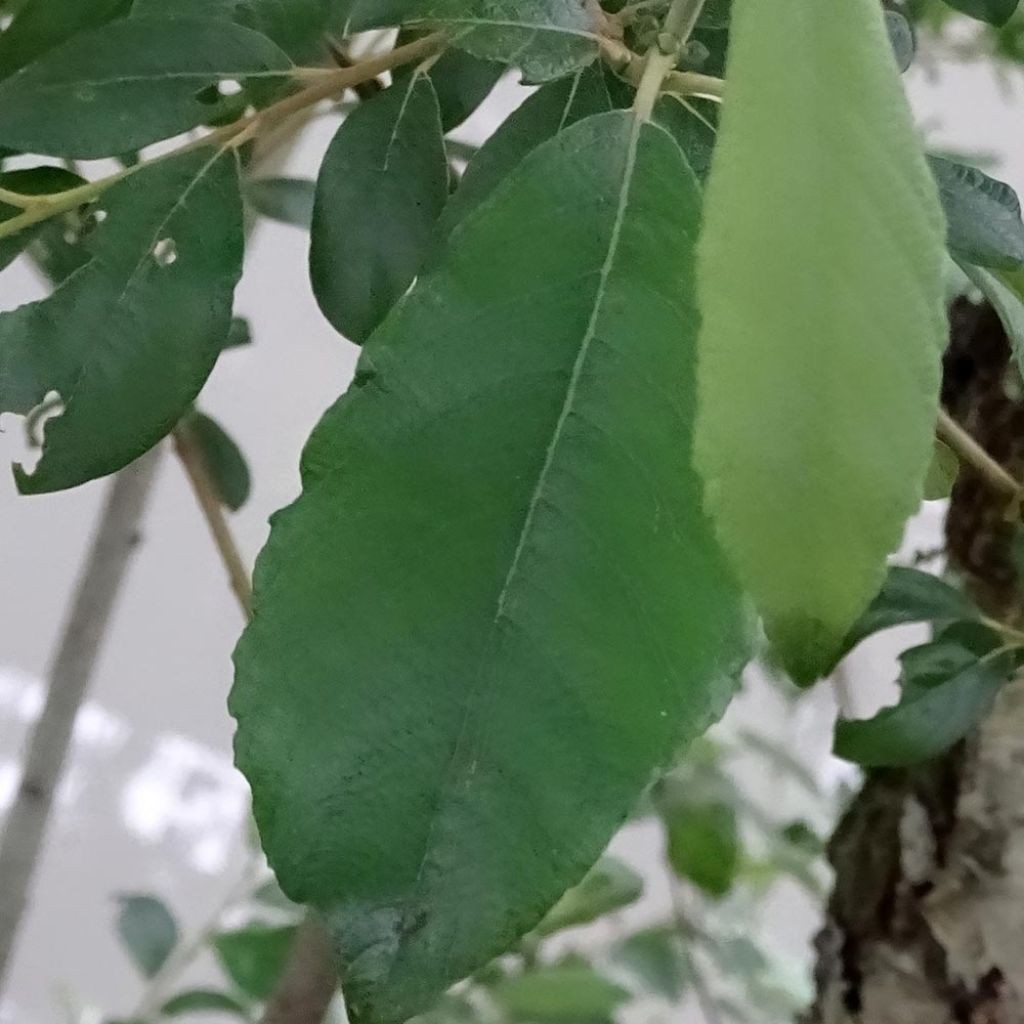

Salix caprea - Great Sallow
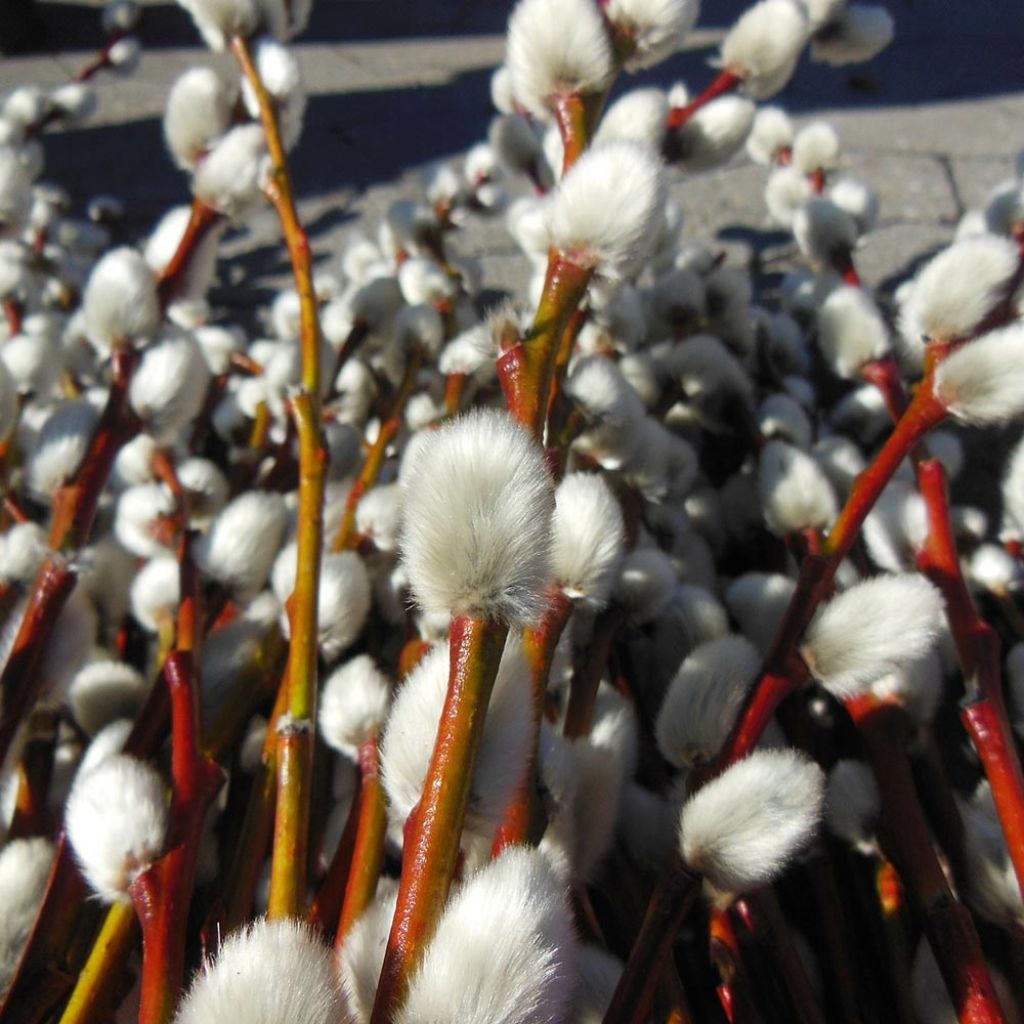

Salix caprea - Great Sallow
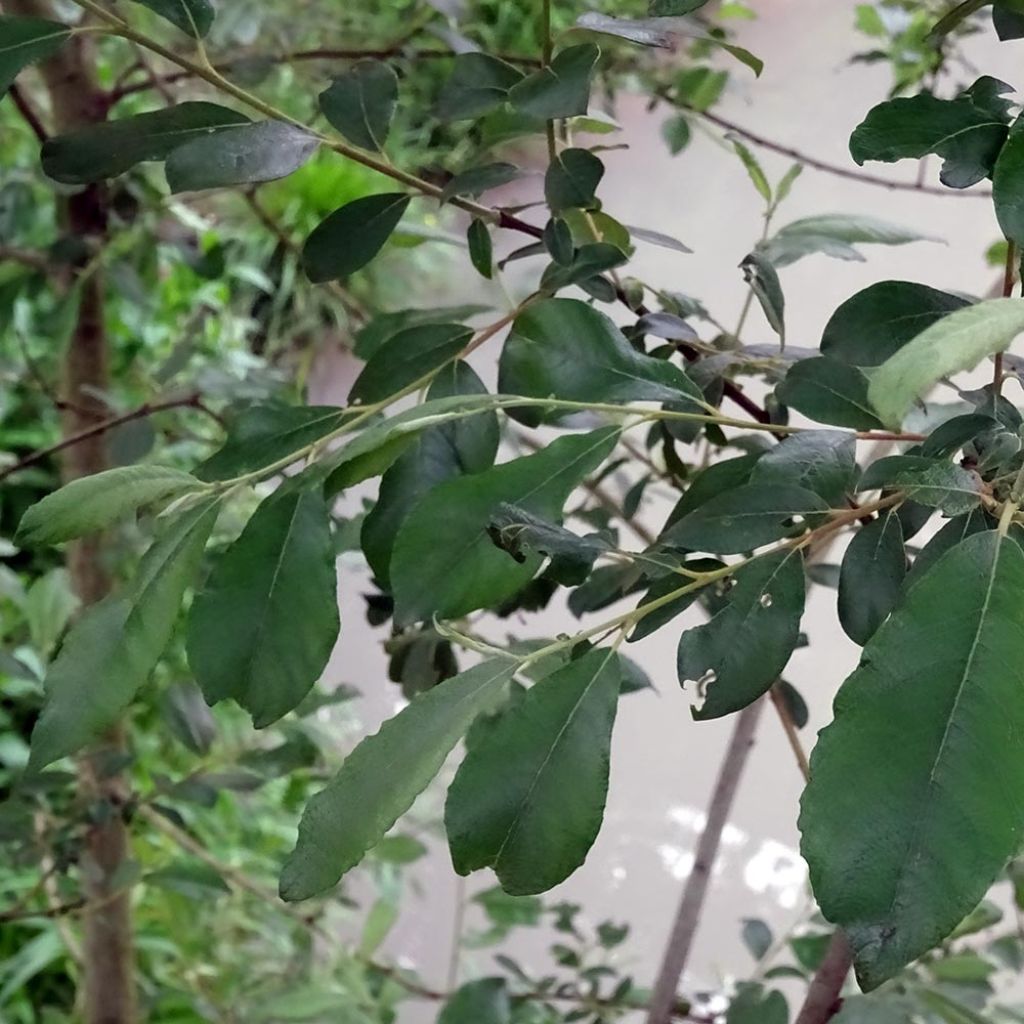

Salix caprea - Great Sallow
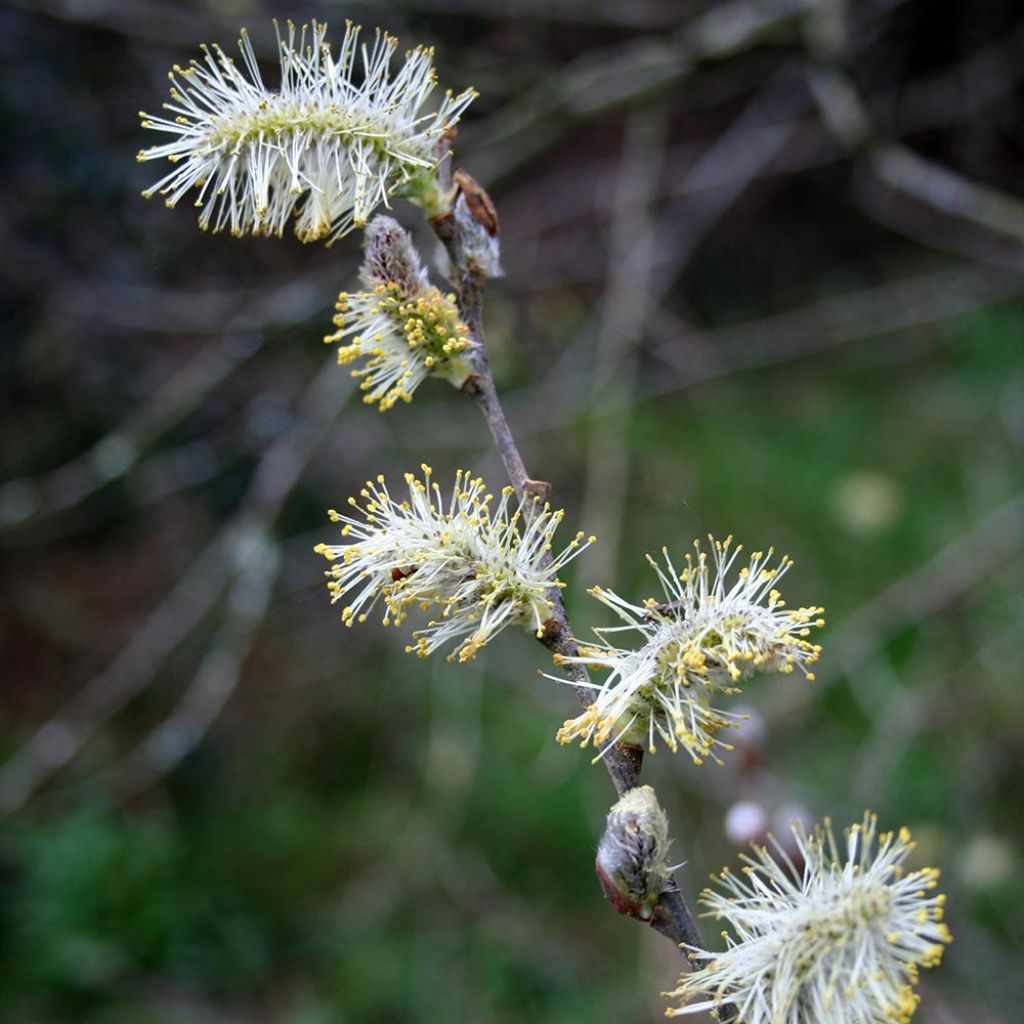

Salix caprea - Great Sallow
Salix caprea - Great Sallow
Salix caprea
Great Sallow, Goat Willow
Gorgeous tree over 3m tall planted bare-rooted last February (beautiful healthy roots). It has grown well (and even withstood the heatwave) and it looks stunning today.
Céline , 13/02/2024
Special offer!
Receive a €20 voucher for any order over €90 (excluding delivery costs, credit notes, and plastic-free options)!
1- Add your favorite plants to your cart.
2- Once you have reached €90, confirm your order (you can even choose the delivery date!).
3- As soon as your order is shipped, you will receive an email containing your voucher code, valid for 3 months (90 days).
Your voucher is unique and can only be used once, for any order with a minimum value of €20, excluding delivery costs.
Can be combined with other current offers, non-divisible and non-refundable.
Home or relay delivery (depending on size and destination)
Schedule delivery date,
and select date in basket
This plant carries a 24 months recovery warranty
More information
We guarantee the quality of our plants for a full growing cycle, and will replace at our expense any plant that fails to recover under normal climatic and planting conditions.

Would this plant suit my garden?
Set up your Plantfit profile →
Description
Salix caprea, or goat willow, is a small tree or bush native to Europe and Central and Northern Asia. In male individuals, the bare and shiny branches are adorned with unique silver male catkins in late winter. With a silky texture, they are adorned with bright golden anthers filled with pollen, which are highly appreciated by pollinating insects. In female individuals, the catkins are more discreet, with a light green colour. This "goat willow", with its light and elegant design, is also a hardy plant that is very easy to grow in any relatively shallow soil, even if it is relatively dry in summer. Its branches covered with velvety catkins are superb in bouquets.
Salix caprea belongs to the Salicaceae family. It is a deciduous botanical species native to Central Europe and Central and Northern Asia. The goat willow is a pioneering and ubiquitous species, a light essence that is less exclusively associated with wet places than most other species in the Salix genus.
It has a flexible habit, with an oval to rounded crown. It is often found in coppices, due to its more moderate size and more natural appearance. Thus, the adult size of the goat willow can vary considerably, ranging from 2 m to 10 m (6.6 ft to 32.8 ft) in height and 3 m to 8 m (9.8 ft to 26.2 ft) in spread. The trunk is covered with a smooth grey-green bark, which takes on a grey-ashen colour and a cracked and fissured texture with age. The young branches are pubescent, then take on a brown-yellowish colour with a glossy finish. The deciduous foliage is composed of thick, leathery, dark green leaves on the upper side, and whitish and downy on the underside. They turn yellow in autumn before falling. They are broadly elliptical in shape and measure 5 cm to 8 cm (2 in to 3.1 in) in length and 2.5 cm to 4 cm (1 in to 1.6 in) in width. Flowering occurs with catkins in February-March, before the leaves appear, on one-year-old branches. The male catkins are very decorative, pleasantly scented, nectar-rich, and honey-producing. These ovoid to oblong catkins, 3 cm to 7 cm (1.2 in to 2.8 in) long, are initially covered with white-silver silky hairs and release very small decorative yellow flowers covered in pollen. The female catkins are more discreet, erect, and light green. Dioecious, the goat willow bears its male and female flowers on separate plants.
The goat willow is highly resistant to frost and is very easy to grow in ordinary soil in all regions. Unlike most of its relatives, it does not require a moist or waterlogged soil throughout the year and can withstand periods of moderate drought with occasional watering. Prune it every year after flowering to encourage it to branch out and produce numerous flowering branches. It can be placed as a standalone specimen, surrounded by early-flowering bulbs (snowdrops, crocuses, fritillaries, hyacinths), in a free hedge, or at the back of a border in coppice form. It is perfect in a naturally-inspired garden. Consider creating bouquets with its branches adorned with silver catkins. In a vase, they beautifully complement those of Prunus triloba, flowering cherry, and plum trees that the warmth of the house will awaken.
Properties:
Like all willows, this species contains a substance similar to aspirin in its bark. It is highly nectar-rich and honey-producing: bees that forage on it produce a honey with a golden yellow colour, iridescent with green, which takes on amber to beige highlights as it ages. Its flavour is sweet, floral and slightly woody. Relatively rare, this honey is mainly produced in the west of France. Its foliage was once used as fodder for goats.
Salix caprea - Great Sallow in pictures
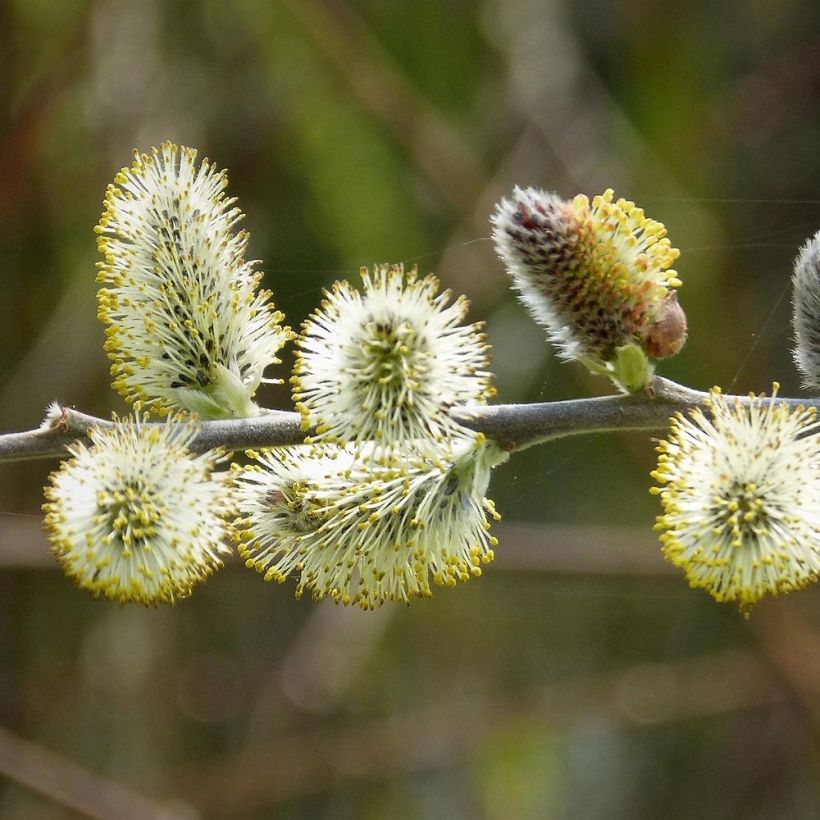

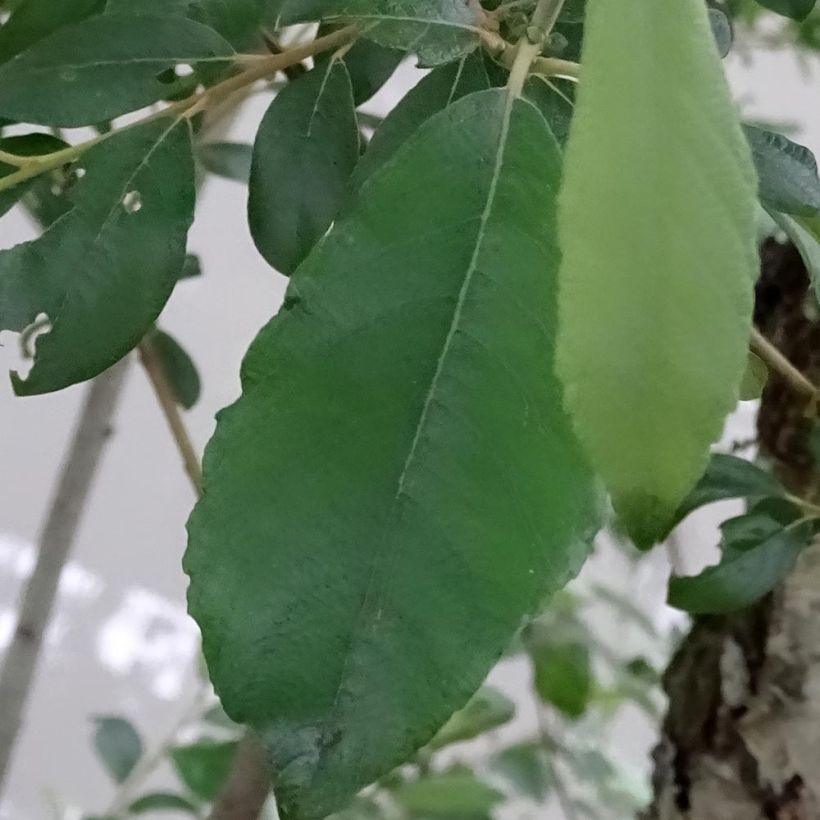

Plant habit
Flowering
Foliage
Botanical data
Salix
caprea
Salicaceae
Great Sallow, Goat Willow
Central Europe
Other Willow - Salix
View all →Planting and care
Plant in full sun, sheltered from strong winds that could uproot this small tree with a poorly developed root system. Support it with a sturdy stake that you will remove after 2 or 3 years of cultivation. It is not very demanding in terms of soil as long as it has a certain depth to allow the bush to find some freshness in case of drought. In hot regions, once the plant is established, a generous watering every 15 days or 3 weeks will be sufficient. It will adapt well to light, rocky and sandy soils as well as heavy and clayey, very wet soils. Limestone is not a problem. Ideally, at planting, use a mixture composed of half compost and half garden soil. It is perfectly resistant to cold and heavy frosts. To promote a bushy habit and the formation of catkin-bearing branches, prune fairly short (5 cm (2 in)) after flowering, every year. Protect all cut wounds with a healing sealant.
Planting period
Intended location
Care
Planting & care advice
-
, onOrder confirmed
Reply from on Promesse de fleurs
Similar products
Haven't found what you were looking for?
Hardiness is the lowest winter temperature a plant can endure without suffering serious damage or even dying. However, hardiness is affected by location (a sheltered area, such as a patio), protection (winter cover) and soil type (hardiness is improved by well-drained soil).

Photo Sharing Terms & Conditions
In order to encourage gardeners to interact and share their experiences, Promesse de fleurs offers various media enabling content to be uploaded onto its Site - in particular via the ‘Photo sharing’ module.
The User agrees to refrain from:
- Posting any content that is illegal, prejudicial, insulting, racist, inciteful to hatred, revisionist, contrary to public decency, that infringes on privacy or on the privacy rights of third parties, in particular the publicity rights of persons and goods, intellectual property rights, or the right to privacy.
- Submitting content on behalf of a third party;
- Impersonate the identity of a third party and/or publish any personal information about a third party;
In general, the User undertakes to refrain from any unethical behaviour.
All Content (in particular text, comments, files, images, photos, videos, creative works, etc.), which may be subject to property or intellectual property rights, image or other private rights, shall remain the property of the User, subject to the limited rights granted by the terms of the licence granted by Promesse de fleurs as stated below. Users are at liberty to publish or not to publish such Content on the Site, notably via the ‘Photo Sharing’ facility, and accept that this Content shall be made public and freely accessible, notably on the Internet.
Users further acknowledge, undertake to have ,and guarantee that they hold all necessary rights and permissions to publish such material on the Site, in particular with regard to the legislation in force pertaining to any privacy, property, intellectual property, image, or contractual rights, or rights of any other nature. By publishing such Content on the Site, Users acknowledge accepting full liability as publishers of the Content within the meaning of the law, and grant Promesse de fleurs, free of charge, an inclusive, worldwide licence for the said Content for the entire duration of its publication, including all reproduction, representation, up/downloading, displaying, performing, transmission, and storage rights.
Users also grant permission for their name to be linked to the Content and accept that this link may not always be made available.
By engaging in posting material, Users consent to their Content becoming automatically accessible on the Internet, in particular on other sites and/or blogs and/or web pages of the Promesse de fleurs site, including in particular social pages and the Promesse de fleurs catalogue.
Users may secure the removal of entrusted content free of charge by issuing a simple request via our contact form.
The flowering period indicated on our website applies to countries and regions located in USDA zone 8 (France, the United Kingdom, Ireland, the Netherlands, etc.)
It will vary according to where you live:
- In zones 9 to 10 (Italy, Spain, Greece, etc.), flowering will occur about 2 to 4 weeks earlier.
- In zones 6 to 7 (Germany, Poland, Slovenia, and lower mountainous regions), flowering will be delayed by 2 to 3 weeks.
- In zone 5 (Central Europe, Scandinavia), blooming will be delayed by 3 to 5 weeks.
In temperate climates, pruning of spring-flowering shrubs (forsythia, spireas, etc.) should be done just after flowering.
Pruning of summer-flowering shrubs (Indian Lilac, Perovskia, etc.) can be done in winter or spring.
In cold regions as well as with frost-sensitive plants, avoid pruning too early when severe frosts may still occur.
The planting period indicated on our website applies to countries and regions located in USDA zone 8 (France, United Kingdom, Ireland, Netherlands).
It will vary according to where you live:
- In Mediterranean zones (Marseille, Madrid, Milan, etc.), autumn and winter are the best planting periods.
- In continental zones (Strasbourg, Munich, Vienna, etc.), delay planting by 2 to 3 weeks in spring and bring it forward by 2 to 4 weeks in autumn.
- In mountainous regions (the Alps, Pyrenees, Carpathians, etc.), it is best to plant in late spring (May-June) or late summer (August-September).
The harvesting period indicated on our website applies to countries and regions in USDA zone 8 (France, England, Ireland, the Netherlands).
In colder areas (Scandinavia, Poland, Austria...) fruit and vegetable harvests are likely to be delayed by 3-4 weeks.
In warmer areas (Italy, Spain, Greece, etc.), harvesting will probably take place earlier, depending on weather conditions.
The sowing periods indicated on our website apply to countries and regions within USDA Zone 8 (France, UK, Ireland, Netherlands).
In colder areas (Scandinavia, Poland, Austria...), delay any outdoor sowing by 3-4 weeks, or sow under glass.
In warmer climes (Italy, Spain, Greece, etc.), bring outdoor sowing forward by a few weeks.






























